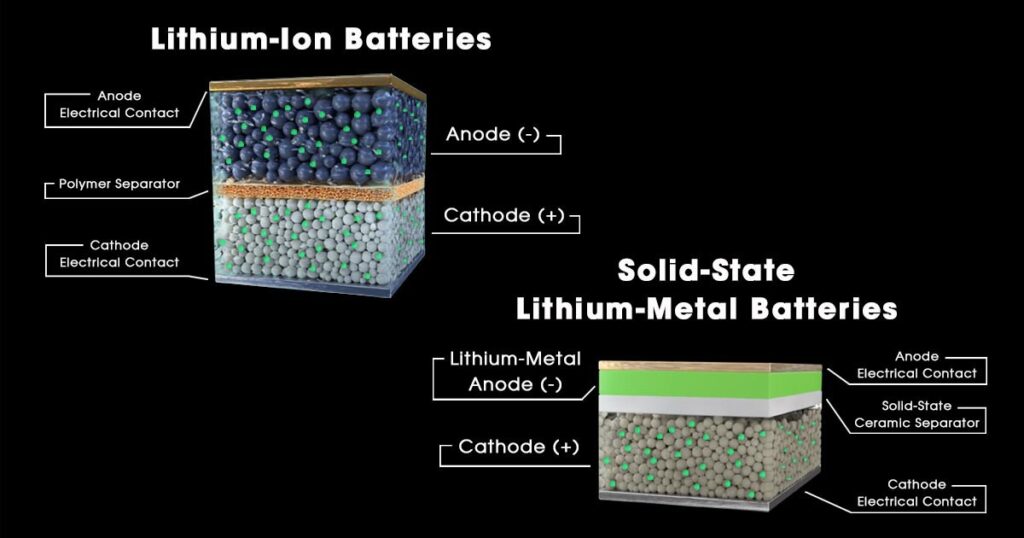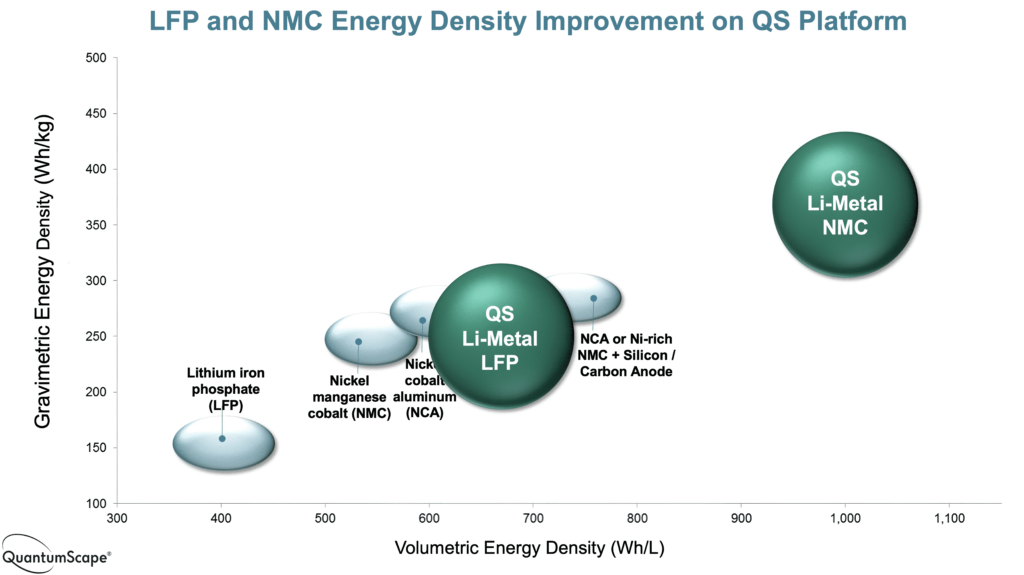In recent years, the demand for energy storage solutions has surged dramatically, primarily driven by the rapid advancement of electric vehicles (EVs), portable electronics, and renewable energy solutions. Among the various emerging technologies in the energy storage sector, solid-state batteries (SSBs) have garnered significant attention due to their potential to outperform conventional lithium-ion batteries in several key aspects. This blog post delves into the current state of solid-state battery development and examines the future prospects of this promising technology. cnautozone-car expert

Understanding Solid-State Batteries
Solid-state batteries utilize a solid electrolyte in contrast to the liquid or gel electrolytes found in traditional lithium-ion batteries. The most prevalent configuration involves using lithium metal as the anode and a solid ceramic, polymer, or composite as the electrolyte. Such a setup offers several advantages, including enhanced energy density, improved safety, and prolonged lifespan.
Benefits of Solid-State Batteries
- Higher Energy Density:
Solid-state batteries possess the potential to offer higher energy densities than their liquid counterparts due to the use of lithium metal anodes. Estimates suggest that SSBs could achieve energy densities exceeding 300 Wh/kg, compared to 150-250 Wh/kg for conventional lithium-ion batteries. This promising characteristic is critical for applications in the electric vehicle sector, where increased range is paramount. - Enhanced Safety:
One of the significant concerns regarding traditional lithium-ion batteries is safety. The presence of flammable liquid electrolytes poses a risk of thermal runaway and fire. Solid-state batteries eliminate this concern, as solid electrolytes are non-flammable, thereby significantly enhancing the safety profile of battery systems. - Longer Lifespan:
Solid-state batteries demonstrate a reduced likelihood of dendrite formation on electrodes, a common issue in lithium-ion batteries that can lead to short-circuiting and eventual battery failure. Consequently, SSBs have the potential for a longer operational lifespan, making them an attractive option for consumer electronics and electric vehicle applications. - Wider Operating Temperature Range:
The solid nature of the electrolyte allows for a broader operating temperature range, which is beneficial for various applications, particularly in harsh environmental conditions. This feature could expand the usability of batteries in diverse fields ranging from automotive to aerospace.

Current Development Landscape
Despite the promising characteristics of solid-state batteries, several challenges currently inhibit their widespread adoption. As of 2023, numerous research institutions, startups, and established companies are advancing SSB technology, each focusing on overcoming these hurdles.
Key Players in the Solid-State Battery Arena
- Automotive Industry:
Major car manufacturers, including Toyota, BMW, and Volkswagen, are making significant investments in solid-state battery research, hoping to leverage the technology to enhance the performance of electric vehicles. Toyota, for instance, aims to showcase its solid-state batteries in prototype vehicles by the mid-2020s, with mass production expected in the subsequent years. - Technology Startups:
Startups such as QuantumScape and Solid Power are actively developing solid-state battery solutions, focusing on scaling production and optimizing materials for better performance. Their efforts are pivotal in demonstrating the feasibility of SSBs for commercial production. - Material Research:
Research into new solid electrolyte materials is a crucial component of solid-state battery development. Researchers are exploring various options, including sulfide, oxide, and polymer-based electrolytes, to find optimal combinations that can enhance ionic conductivity while maintaining mechanical stability.
Challenges Facing Solid-State Batteries
While the potential of solid-state batteries is vast, several significant hurdles must be addressed before they can be widely implemented:
- Manufacturing Scalability:
The fabrication of solid-state batteries remains a complex process. Current manufacturing techniques are not yet scalable to meet the massive demand for batteries across industries. Companies must invest in developing cost-effective production methods that maintain quality while increasing scale. - Material Challenges:
Finding suitable materials for the solid electrolyte that provide both high ionic conductivity and structural integrity has proven to be a difficult endeavor. Many existing solid electrolytes are brittle and can lead to mechanical failures. Ongoing research aims to identify and create materials that can withstand the necessary mechanical stress. - Cost Factors:
Solid-state batteries typically come with higher manufacturing costs compared to traditional batteries. Analyzing the cost-to-performance ratio is essential in determining whether SSBs can achieve market competitiveness. - Integration with Current Systems:
Today’s consumer electronics and transportation systems are predominantly designed for lithium-ion batteries. Transitioning to solid-state technologies requires a reevaluation of design, manufacturing processes, and consumer expectations.
Future Prospects
Despite the challenges of solid-state battery technology, the future looks promising due to several factors:
- Strategic Collaborations:
Increasing collaborations between academia, government, and industry are paving the way for accelerated research and development. Partnerships are instrumental in pooling resources, expertise, and technologies, leading to more substantial advancements in SSB technology. - Government Initiatives:
As a response to the increasing urgency for sustainable energy solutions, many governments around the world are offering incentives and funding for the development of advanced battery technologies, including solid-state batteries. This support is vital for driving innovation and addressing technical challenges. - Growing Demand for Electric Vehicles:
The rapidly-growing demand for electric vehicles is likely to spur further investment in solid-state battery research, with automakers vying for technologies that can offer better performance and safety. As environmental regulations tighten, the move towards SSBs may become even more urgent. - Continued Research:
Ongoing research into new materials, designs, and battery management systems is expected to yield breakthroughs that can overcome current limitations. As researchers address the barriers that exist today, solid-state batteries are likely to become more viable for mass-market applications.
Conclusion
Solid-state batteries hold significant promise as a transformative technology in the energy storage landscape, offering critical advantages in safety, energy density, and lifespan. As development continues and challenges are systematically addressed, SSBs may redefine energy storage, particularly in the automotive sector and consumer electronics. While the road ahead may be fraught with challenges, the collaborative efforts between academia, industry, and government indicate a hopeful trajectory for solid-state batteries in the coming years.
With sustained investment and innovation, we may very well witness solid-state batteries move from the research and development phase into a mainstay of modern energy storage solutions, revolutionizing how we power our devices, vehicles, and homes in a more sustainable future. cnautozone-car expert

